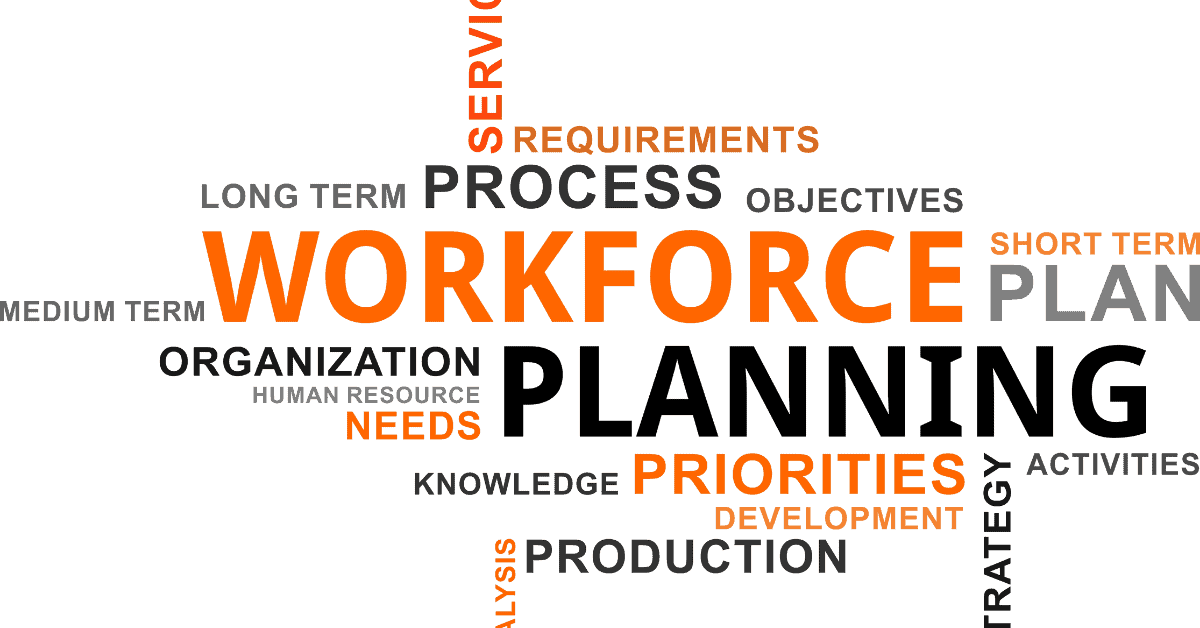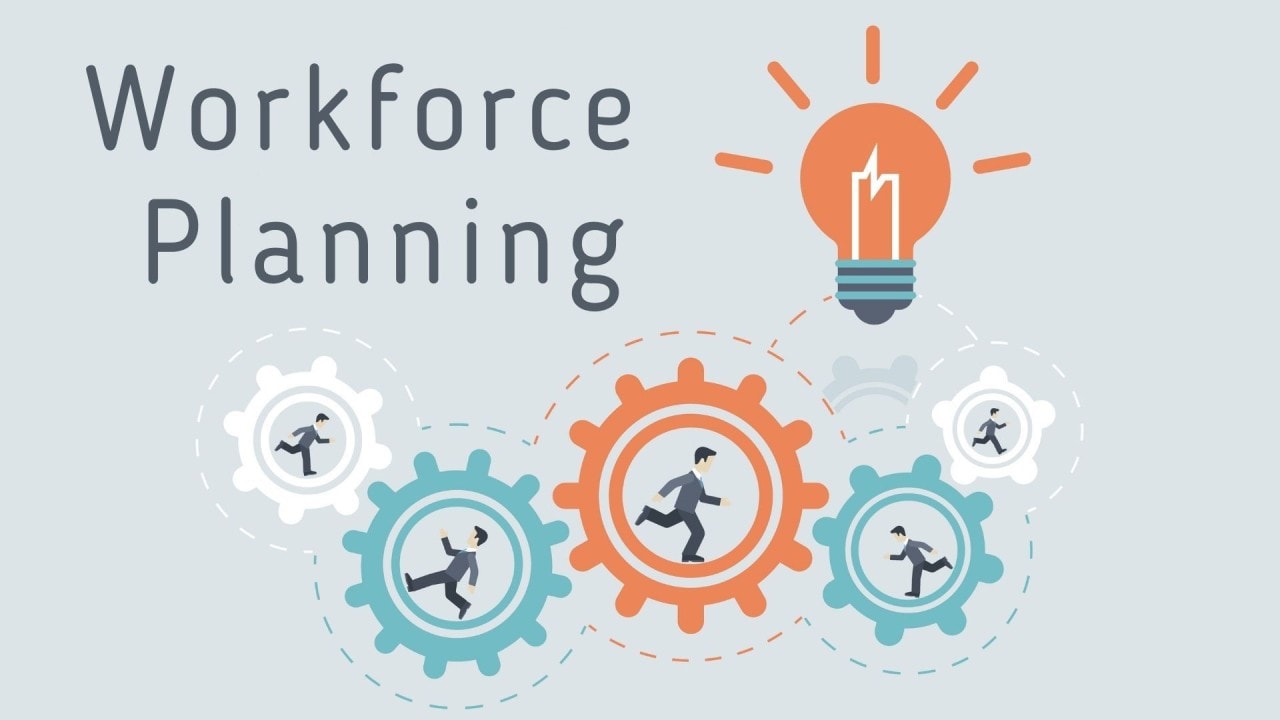

Workforce planning tools are vital for aligning talent strategies with organizational goals, especially with many recent changes to the way of working. These tools exist to help HR teams and business leaders optimize resources, address skills gaps, and prepare for future workforce needs.
Benchmarking your workforce? Find benchmarks here
This blog highlights the top workforce planning tools for this year, showcasing how they enhance efficiency, decision-making, and strategic workforce planning success. Topics include:

Workforce planning is a crucial process that involves analyzing, forecasting, and planning workforce requirements to ensure alignment with organizational strategy and business goals. By anticipating future workforce needs and addressing skills gaps, companies can maintain agility in a dynamic business environment.
This process allows HR professionals, business leaders, and HR teams to identify the gap between their current workforce capabilities and the talent needed to meet future demand. Leveraging workforce planning tools ensures that organizations optimize their resources, manage labor costs, and stay competitive.
Looking for workforce benchmarking tools? Learn more
There are many different workforce planning tools to choose from. In our opinion, the following workforce planning software solutions offer the most diverse capabilities to support strategic workforce planning:
Anaplan excels in scenario planning and provides real-time resource management tools. It integrates seamlessly with performance management systems, making it ideal for organizations needing strategic planning capabilities.
Board is a leading tool for organizational strategy alignment. It offers robust workforce analytics and connects with HR systems for data integration across business functions.
Planful focuses on future workforce forecasting and operational planning. Its cloud-based design ensures easy access for business leaders managing diverse teams.
A key player in best workforce planning tools, Workday simplifies succession planning and integrates with other Workday HR modules, making it indispensable for companies prioritizing employee development.
Quinyx leverages AI for employee scheduling and compensation and benefits analysis, enabling businesses to adjust to external factors and align workforce plans with business strategies.
Planday excels in workforce management for retail and hospitality sectors. Its integration with Xero's financial systems enhances financial reporting for seamless budgeting.
Designed for small-to-medium organizations, Bizimply offers real employee data for tracking current workforce capabilities, ensuring agility in adapting to market changes.
Paymo blends workforce planning tools with project management, offering unique solutions for companies focusing on future workforce capabilities in knowledge work.
ChartHop specializes in organizational strategy and data analysis, providing an innovative approach to addressing skills gaps and optimizing workforce structure.
Sage People provides a global lens for managing the entire workforce, offering advanced tools for performance potential matrix development and business environment analysis.

Selecting the right workforce planning software requires careful evaluation of business needs and goals. We've outlined some of the key considerations and questions to ask below:
Curious about workforce benchmarking tools? Learn more
Strategic workforce planning goes beyond traditional hiring or operational needs. It aligns with organizational strategy to ensure that the entire workforce contributes to achieving business objectives.
By using workforce planning software, organizations can proactively address future needs and talent gaps, providing actionable insights for employee scheduling, succession planning, and demand forecasting.

Workforce planning software combines analytics and automation to streamline the workforce planning process. Key features include:
Explore trusted workforce benchmarking tools here
Pricing for strategic workforce planning tools varies by provider and implementation scope. Common models include:
Using the best workforce planning software tools can lead to significant improvements in employee management and performance management. The benefits, such as reduced costs, better alignment with business objectives, and enhanced productivity, often outweigh the initial investment.

The evolution of workforce planning systems is heavily influenced by technological advancements, particularly AI and automation. Key trends include:
Organizations adopting cutting-edge workforce planning tools will achieve greater agility, enabling them to thrive in a fast-changing business environment.
Ready to benchmark your workforce? Get started here
Strategic workforce planning is no longer optional - It’s a necessity for companies aiming to maintain a competitive edge. By leveraging workforce planning tools, organizations can align their workforce plans with business goals, manage talent gaps, and foster employee development.
The top 10 tools outlined above offer diverse features and cater to varying organizational needs. Selecting the best workforce planning tool involves evaluating business needs, integration capabilities, and alignment with long-term goals. By doing so, organizations can unlock the full potential of their current workforce while preparing for future needs.
.svg)
Download a copy of our latest all industry report with data to benchmark the Finance, HR, IT and Marketing functions.
Insights are just around the corner.
.svg)
.svg)